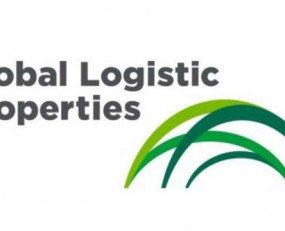
Singapore-based Global Logistic Properties (GLP) captured the attention of investors in 2010 when it raised a monstrous war chest of almost S$3.5bn in the biggest initial public offering (IPO) launched in Singapore since the early 90s.
Six years later and its shares are selling at levels below its IPO price, leading many to ask why its fortunes changed so dramatically?
Structured as one of the holding companies owned by Singapore’s enormous investment fund GIC, itself set up to manage the country’s foreign reserves, GLP engages in building owning and leasing distribution facilities, logistics properties and services around the world. It estimates it will hit revenues of over $1.2bn in 2018, if sell-side forecasts prove accurate, which implies a solid growth rate since its inception.
In its annual report, titled “Redefining Logistics”, GLP claims that it has become much more than a simple property developer, connecting consumers with products.
“We are much more than a bricks-and-mortar business – we provide solutions instead of just properties, helping customers improve their supply chains and increase efficiency through innovation.”
It recently said that its $36bn property portfolio “encompasses 52m sq m (560m sq ft) of logistics facilities across China, Japan, the US and Brazil”, while last year it flicked the switch on $2.8bn “of developments in China, Japan and Brazil, which represents an amount equal to 14% of its current completed portfolio”.
In its fiscal year 2016, it achieved a turnover of $777m, up 10% year-on-year. This solid performance was primarily due to three main drivers – continuing growth in China; “development completion gains” in Japan; and its entry into the US market, where it claims to be the second largest logistics property owner and operator.
Growth prospects aside, GLP also offers a decent income stream to investors, and raised the dividend by 9% in 2015 – its forward yield is close to 3%.
Its activities are split into fund management, development and operations – the business model is predicated on the belief that the strong global demand for modern, high-quality logistics space will continue.
In fiscal 2016, it churned out lower cash flow from operations than in the previous year, while working capital management was less effective than one year earlier. Nonetheless, its gross cash position looks healthy at about $1bn, although it dropped about 30% year-on-year.
However, its shares have been under pressure for some time, down 30% over a two-year period. There could be more downside than upside ahead of its first-quarter results, which are due in early August, if market volatility surges.
And it is also possible that weaker operating earnings are responsible for its poor performance on the stock exchange – in this context, property-related and other expenses surged to $390m last year from $310m in 2014, while underlying earnings rose due to the consolidation of additional income from affiliates.
Source: Transport Intelligence, July 13, 2016
Author: Alessandro Pasetti